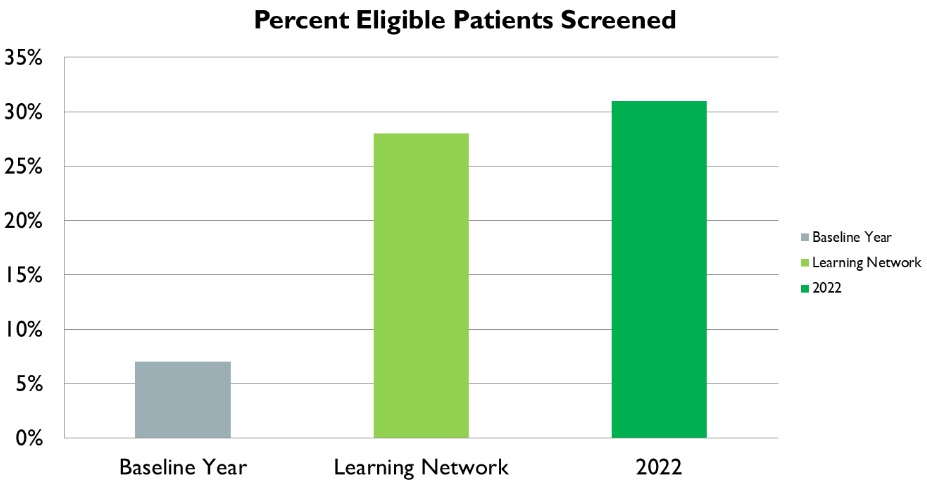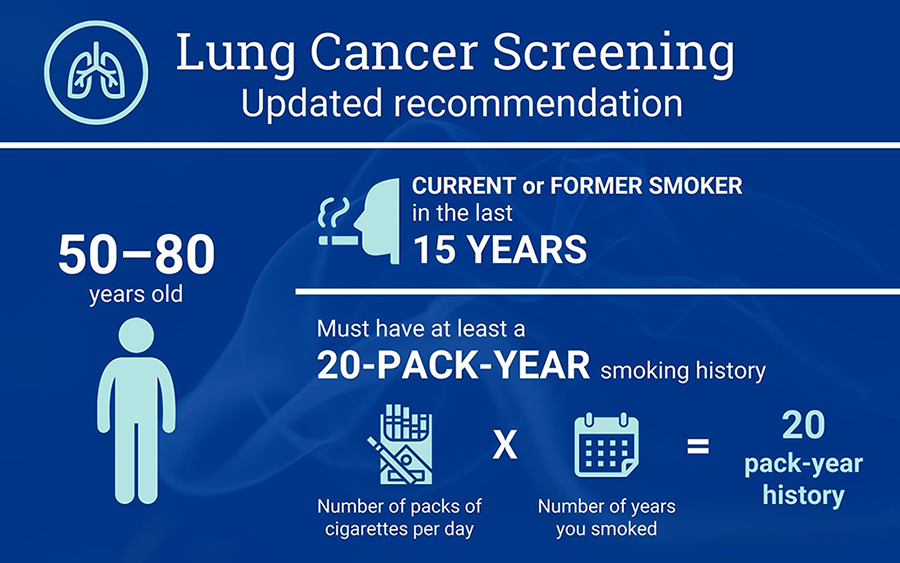Learning Networks
A curated exchange of data, methods, and information
Lung Cancer Screening
A collaborative effort with the American College of Radiology.

Falls City Hospital Awarded for Leading Lung Cancer Screenings

Community Medical Center in Falls City was recognized by the National Cancer Society for its outstanding lung cancer screening rates, achieving over 28% compared to the national average of 18%. Dr. Neville Irani, founder of the Healthcare Quality Improvement Platform, praised the hospital for its significant increase in screenings since 2021, attributing the success to strong teamwork, leadership, and collaboration between clinical and imaging departments. The Healthcare Quality Improvement Platform played a crucial role in mentoring the hospital and removing barriers, enabling Falls City to become a pioneer in using low-dose CT scans and a model for other critical access hospitals.
State of Lung Cancer Nationwide
 Lung cancer is the #1 leading cancer cause of death among men and women and comprises about a quarter of all cancer deaths. Annually, more people die of lung cancer compared to colon, breast, and prostate cancers combined.
Lung cancer is the #1 leading cancer cause of death among men and women and comprises about a quarter of all cancer deaths. Annually, more people die of lung cancer compared to colon, breast, and prostate cancers combined.
Lung Cancer Incidence by County
Urban and Rural Health Disparities
 95% of adults (ages 55-79) in northeastern states can access a screening center in a range of 30 miles, while Midwest residents face a lower and more variable level of access, ranging anywhere from 22-93%.
Limited access to lung cancer screening amongst rural populations is a result of:
95% of adults (ages 55-79) in northeastern states can access a screening center in a range of 30 miles, while Midwest residents face a lower and more variable level of access, ranging anywhere from 22-93%.
Limited access to lung cancer screening amongst rural populations is a result of:
- Worse spatial access to care.
- Higher cost burdens.
- Limited radiologist capacity full for LDCT.
The Impact of Learning Networks

Learning networks can be utilized to significantly augment diagnostic performance. For example, at one organization, learning networks were utilized to increase screening for eligible patients by nearly 400%, and this performance was sustained.
Screening Recommendations
The USPSTF recommends annual low-dose computed tomography screening for those ages 50-80 with a 20 pack-year smoking history and smoke currently/have quit within the past 15 years.
